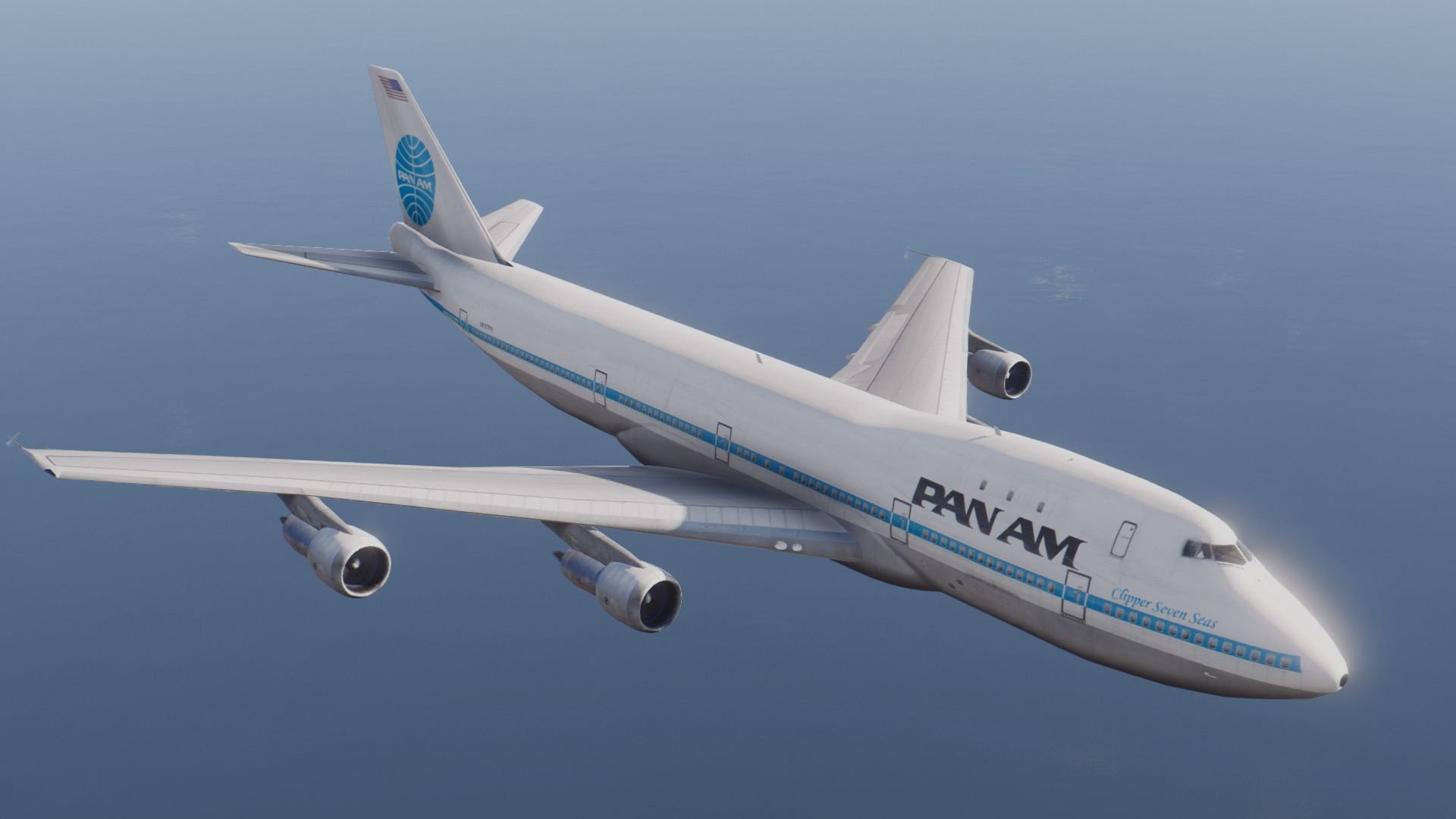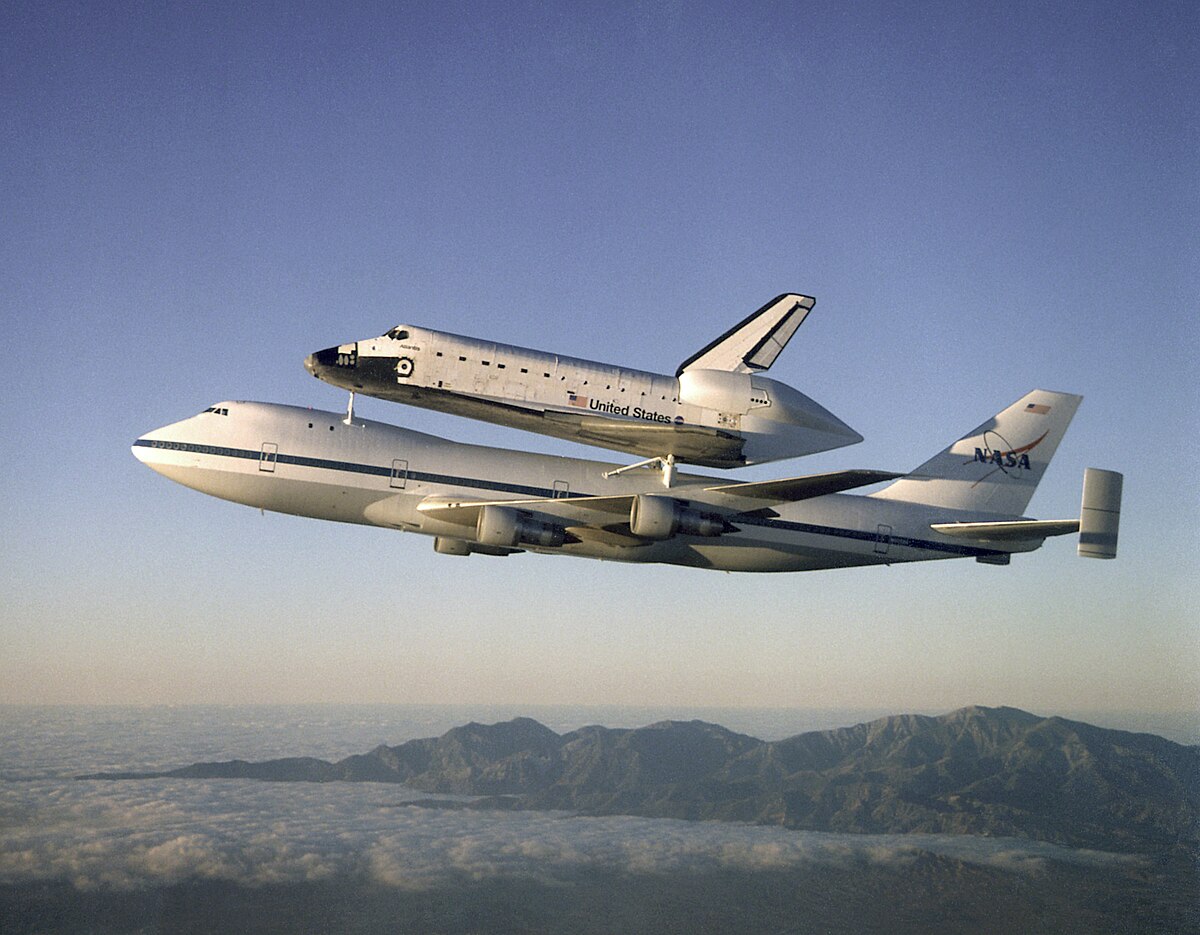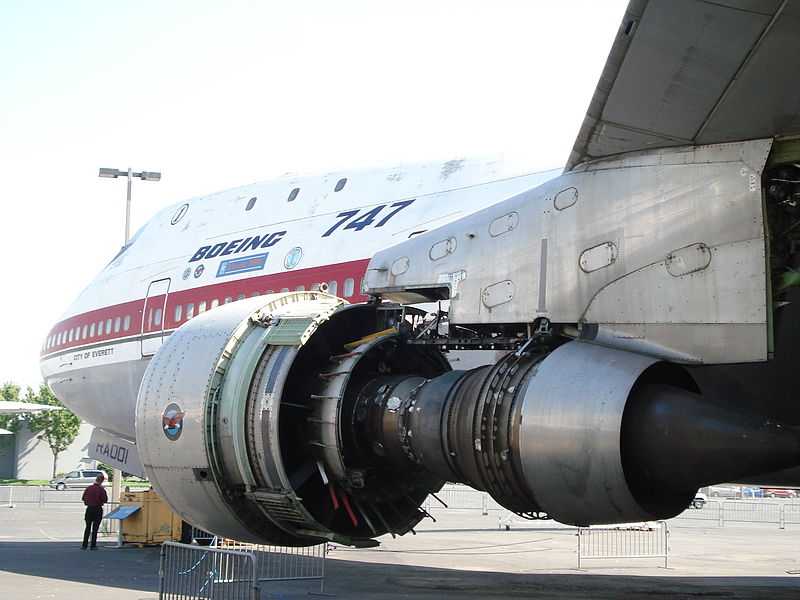- Baccalaureate diploma for seventy percent of places available.
- An intermediate level of a vocacional course for twenty percent of places available.
- Or pass a specific entrance exam for the ten percent of places available.
You need to be interested in a practic course which offers you possibilities of working straight away; the right attitude is a requirement, you have to want to learn a lot of material and be able to work in team for the practices.
A good scientific background of Maths and Physucs help as well for the course, technology too. But English is more important yet because all the manuals are in English.
You should be aware that you have to go to
all the classes as non-attendance means that you won't be able to pass. And you will need to travel to two different places at 7:30am or 8am in Globalia or Son Pacs school.
The Globalia classes is a combination of theoretical and practical classes every day and with a lot of different subjects above all the first year. The schedule divide the days and you never will start the new subject without having finished the previous subject.
The first year the subjects are:
Modul 1
Maths: you don’t have classes but you have an exam for which you have to study by yourself.
Modul 2
Physics: you are in the same situation like maths.
Modul 3
Electricity: we study generators and functions, electric motors, batteries, Ohm’s law, Kirschoff’s law, circuits and transformers.
70 hours
Modul 4
Electronics: diodes, transistors, converters, amplifiers, logic gates and syncros systems.
24 hours
Modul 5
Digital systems: electronic avionic systems and digital techniques.
95 hours
Modul 7
Maintenance practicals: everything related with the maintenance, workshop and safety at work. Like tools, manuals, precautions...
150 hours
Modul 8
Aerodynamics: atmosphere, Benoulli’s law, properties of aerodynamics on a plane, wing surface, controls,..etc.
42 hours
Modul 10
Legislation: here we learn specific parts of the aviation laws related to the maintenance.
42 hours
Modul 15
Engines: different types of engines, how they work, parts, maintenance and materials.
123 hours
Modul 17
Propellers: different tyoes of propellers, how they work, their positioning, parts, maintenance and materials.
36 hours
And in the second year:
Modul 6
Materials and hardware: ferrous, non-ferrous, wood, plastics, rivets, screws, fittings, etc.
160 hours
Modul 9
Human factors: humans practices and limitations at time to work.
42 hours
Modul 11
Airplane aerodynamics, structures and systems: everything related with the plane explained with ATA’s.
316 hours
Attention: 90% of compulsory class attendance






















